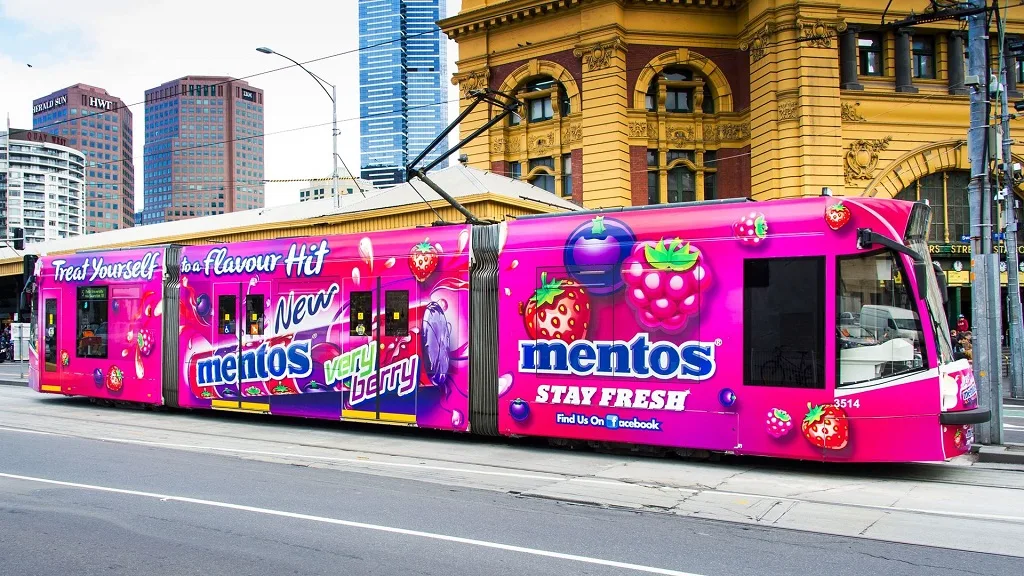
Guerrilla Marketing: The Art of Unconventional Strategies
Guerrilla marketing, known for its innovative and unconventional tactics, has become a cornerstone for businesses seeking to make a significant impact with minimal investment. This approach leverages creativity, surprise, and consumer interaction to achieve its goals, standing out in a crowded marketplace. Our comprehensive guide delves into the essence of guerrilla marketing, its methodologies, profitability, real-world applications, essential strategies, beginner tips, and its differentiation from traditional marketing approaches.
What is Guerrilla Marketing and Where Did It Come From?
Guerrilla marketing is a strategy that focuses on unconventional marketing tactics that are often low-cost or free. It relies on creativity, surprise elements, and the unconventional to capture attention and engage consumers. The term was coined by Jay Conrad Levinson in his 1984 book “Guerrilla Marketing,” drawing inspiration from guerrilla warfare tactics which utilize the element of surprise and deep knowledge of the terrain to gain advantages over larger, less mobile armies.
The concept originated as a solution for small businesses with limited budgets, aiming to compete against larger competitors. Over time, it has evolved and been adopted by companies of all sizes because of its potential to create a significant impact using creativity rather than a hefty budget.
How Guerrilla Marketing Works and Its Profitability
Guerrilla marketing works by creating unique, memorable experiences that resonate with consumers. It’s not just about being different; it’s about being bold enough to break from tradition and create a buzz. This form of marketing is highly profitable for businesses that execute it well, as it often leads to viral word-of-mouth, extensive social media sharing, and significant media coverage, all of which can be achieved with a minimal upfront investment.
The profitability of guerrilla marketing campaigns hinges on their ability to stand out and engage the audience in a saturated market. The most successful campaigns are those that understand their target audience deeply and craft messages that resonate on a personal level. This deep connection often leads to higher conversion rates compared to traditional marketing methods.
However, the unconventional nature of guerrilla marketing also means that it carries certain risks. Misjudged campaigns can backfire, potentially leading to negative publicity. Therefore, it’s crucial to balance creativity with sensitivity to the audience’s values and perceptions.
Examples of Guerrilla Marketing Applications and Investment Opportunities
Guerrilla marketing has been applied in various industries, from retail to services, demonstrating its versatility and potential for innovation. Notable examples include street art installations, flash mobs, viral social media challenges, and unexpected pop-up events. These tactics not only capture public attention but also encourage sharing and discussion, amplifying the campaign’s reach.
Investment in guerrilla marketing is not limited to financial expenditure but also includes time and creativity. Businesses, both small and large, are increasingly allocating resources to guerrilla marketing campaigns to cut through the noise of traditional advertising and connect with consumers on a more authentic and personal level.
The success stories of guerrilla marketing are diverse, ranging from small businesses that have gained local renown to global brands that have redefined their image. These examples serve as inspiration for marketers looking to explore the boundaries of what’s possible in advertising.
For those interested in investing in guerrilla marketing, the landscape is ripe with opportunities. The key is to identify unique aspects of the brand or product that can be leveraged in a creative and unconventional manner.
Real-world applications demonstrate that when executed correctly, guerrilla marketing can lead to significant market advantages, increased brand loyalty, and a stronger connection with the target audience.
What is Needed for Guerrilla Marketing
The primary requirement for guerrilla marketing is creativity. Unlike traditional marketing, which often relies on budget size, guerrilla marketing thrives on innovative ideas that break the mold. A deep understanding of the target audience, their behaviors, and preferences is also crucial to designing campaigns that resonate and evoke the desired response.
Additionally, flexibility and adaptability are essential traits for guerrilla marketing campaigns. The ability to quickly respond to the market’s reaction, whether positive or negative, can make or break the campaign’s success. This agility allows marketers to capitalize on the momentum of positive buzz or to mitigate any unforeseen backlash.

Tips for Beginners
For those new to guerrilla marketing, starting with a clear understanding of your brand identity and target audience is essential. This foundation will guide your creative process and ensure that your campaigns are aligned with your overall marketing goals. Additionally, monitoring and learning from both successful and unsuccessful guerrilla marketing campaigns can provide valuable insights into what works and what doesn’t.
Begin with small-scale experiments to test the waters and gauge audience reaction before scaling up. This iterative approach allows for refining strategies and minimizing risks. Remember, the goal of guerrilla marketing is not just to surprise, but to connect and engage with your audience in a meaningful way.
How Guerrilla Marketing Differs from Regular Marketing
Unlike traditional marketing, which often relies on direct messaging and a significant budget for mass media channels, guerrilla marketing prioritizes creativity over budget, aiming to create a lasting impression through unconventional methods. This approach allows for a more personal and engaging interaction with the target audience, often resulting in a deeper emotional connection and brand recall.
The essence of guerrilla marketing lies in its ability to utilize the element of surprise, turning ordinary situations into extraordinary experiences. This not only captures the audience’s attention but also encourages them to share these experiences, leveraging the power of social proof.
In conclusion, guerrilla marketing represents a shift from traditional marketing paradigms, focusing on creativity, engagement, and the element of surprise. Its cost-effective nature and potential for significant impact make it an attractive strategy for businesses of all sizes.

